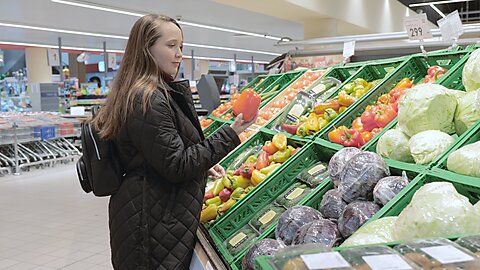Jeffrey Miron
Grocery bills are climbing again—up 3.2 percent over the past year—and nearly half of Americans say food prices are their biggest source of financial stress, beating out gas, rent, and utilities. Instead of fixing what caused those higher costs, Washington strangles farm labor with immigration enforcement and hikes input costs with trade barriers—and then throws farmers taxpayer money to survive. It’s the government setting the fire and then selling the water.
Take the labor market. In Oxnard, California, ICE raids cut the agricultural workforce by 20–40 percent, leaving billions of dollars’ worth of crops to rot. Farmers had to bid up wages to keep the remaining workers, raising costs, which were passed to consumers as higher food prices. Rather than freeing up labor supply, politicians now propose to subsidize farmers with taxpayer dollars to offset the damage from the very policies that caused it.
The pattern is wider than agriculture. In Houston, construction and food service industries report the same squeeze: fewer workers, slower projects, higher wages, and ultimately higher prices for households. Meanwhile, trade barriers continue to raise input costs for farmers and manufacturers alike. Rather than removing those barriers, proposals like Trump’s industrial-policy plan double down—spending billions to patch a wound that the government itself inflicted.
This is the real cost of policy layering: inefficiency compounded by redistribution. The government creates the shortage, consumers pay higher prices, and then taxpayers pay again to “fix” the shortage.
This post was cross-posted from Substack. Siddharth Pakalapati and Rishan Jaheer, students at South Forsyth High School, co-wrote it.


